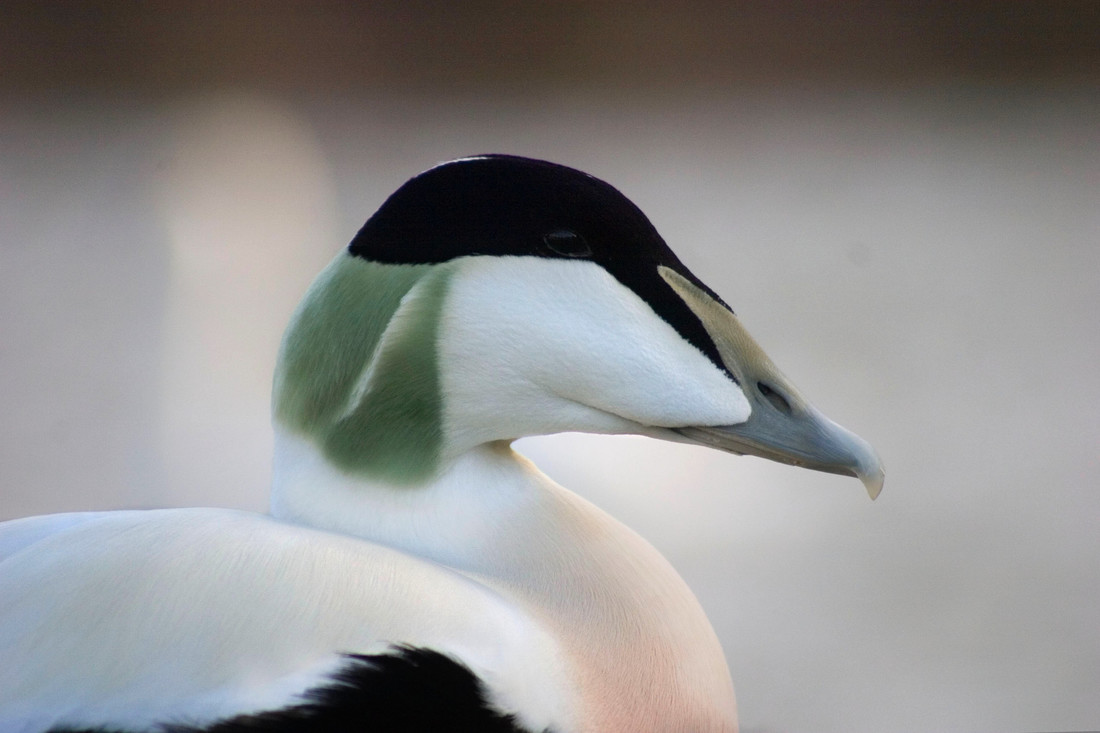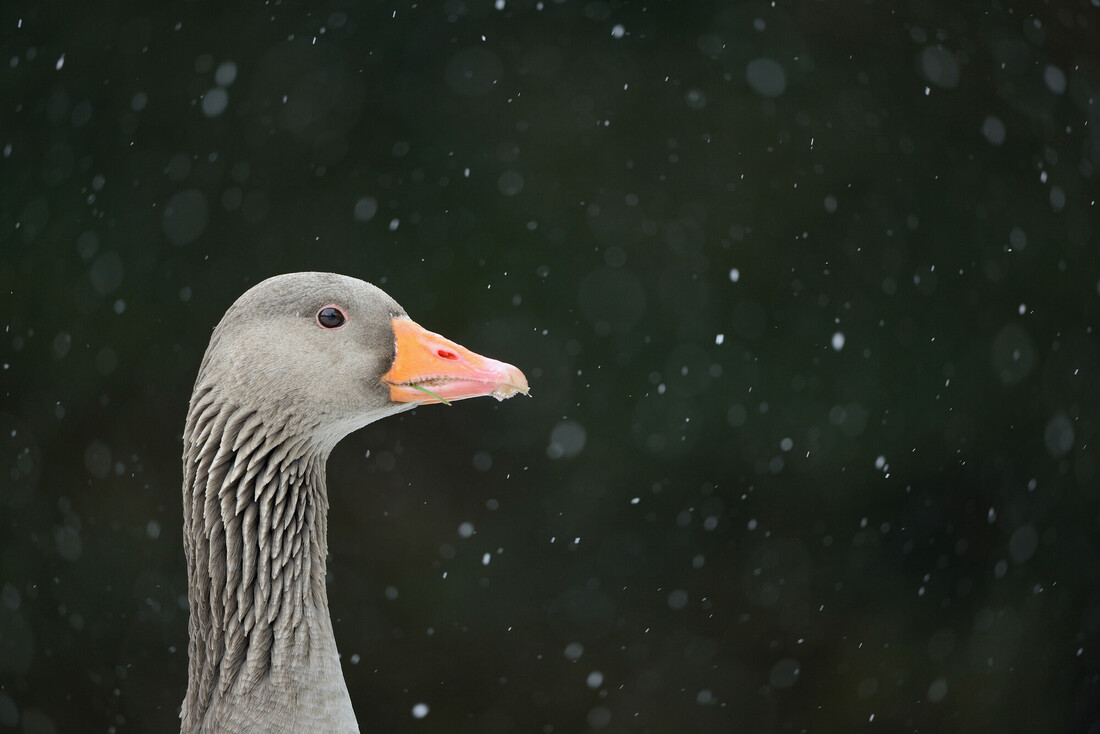New species fly into Martin Mere
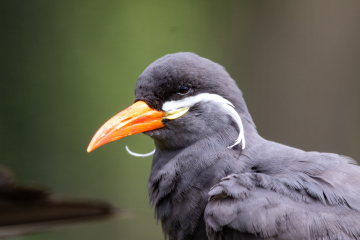
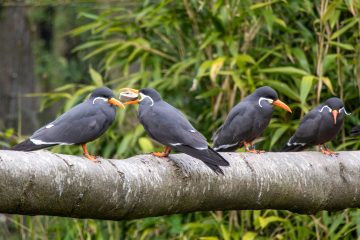 WWT Martin Mere Wetland Centre have welcomed a new species to our collection this week with the arrival of 12 Inca Terns.
WWT Martin Mere Wetland Centre have welcomed a new species to our collection this week with the arrival of 12 Inca Terns.
This uniquely plumaged bird breeds on the coasts of Peru and Chile and is native to the same region of South America as the ancient Inca Empire, from which they get their name.
It is a large tern, approximately 40 cm long and the sexes are similar, both sporting a unique Salvador Dali moustache and striking red-orange beak and feet. The length of a bird’s moustache can be a signal of reproductive health and performance.
Although it is a type of tern, it is an unusual bird and scientists have put it in its own genus under the tern and gull family.
The Inca tern breeds on rocky cliffs, nesting in a hollow, or burrow, or sometimes the old nest of a Humboldt Penguin. It lays one or two eggs, which are incubated for about 4 weeks, and the chicks leave the nest 7-8 weeks after hatching. Our eagle-eyed visitors will notice that one of the birds isn’t quite as brightly coloured as the others and this is a juvenile bird that is only a year old.
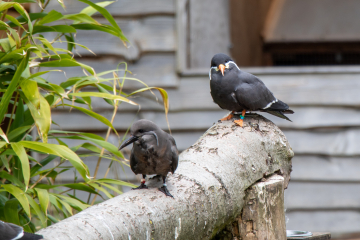 The terns feed primarily on small fish, such as anchovies. The species spots its prey from the air, diving into the water to grab meals with its pointed beak. It’s population in the wild is estimated to be around 150,000 but this represents a population decline over the last fifty years, with the principal factors for the drop in numbers being overfishing and ocean pollution.
The terns feed primarily on small fish, such as anchovies. The species spots its prey from the air, diving into the water to grab meals with its pointed beak. It’s population in the wild is estimated to be around 150,000 but this represents a population decline over the last fifty years, with the principal factors for the drop in numbers being overfishing and ocean pollution.
The Inca Terns can be seen flying around our WOW aviary with the spoonbills and avocets. Listen out for their calls that sound like a mewing cat. We think they will become a big favourite of our visitors.
Photo credit: Gary Gray
Book online today
To help keep everyone safe we’re carefully managing the number people who visit on any one day and are asking everyone to book in advance, so we can give you the best possible experience.
Book your visit